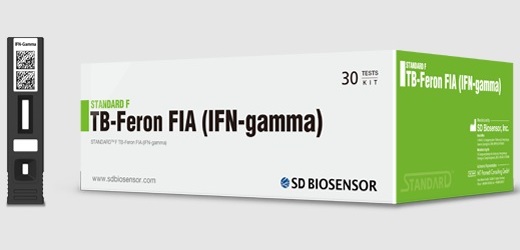Pathogenic Yeasts Quantified by Flow Cytometry
By LabMedica International staff writers
Posted on 12 Feb 2013
A flow cytometric, single-stain approach to quantify Candida albicans has been investigated as an alternative to the standard viable plate count.Posted on 12 Feb 2013
In clinical settings, viable plate counts (VPC) are used to determine the patient's microbial load, but it is labor intensive, time consuming, and only allows detection of those organisms that readily grow on solid media.
Microbiologists at the University of Antwerp (Belgium) investigated a single-stain, flow cytometric approach for the enumeration of viable C. albicans cells. This single-stain strategy is based on the differences in the fluorescence intensity between viable and nonviable cells. In this study, the cells with an intact membrane are considered alive, while the cells with a damaged membrane are defined as dead.
Cell samples were stained with TO-PRO-3 iodide (TP3; Molecular Probes, OR, USA) which has a peak excitation at 642 nm with emission at 661 nm. All flow cytometry (FCM) studies were performed using a FACSCalibur flow cytometer (BD Biosciences, NJ, USA) equipped with a red diode laser (excitation at 633 nm) and a band pass filter measuring red fluorescence (FL4; range 653–669 nm). Molecular Probes' CountBright absolute counting beads were added to the samples as an internal standard to calculate the exact volume analyzed by the flow cytometer.
The authors concluded that the FCM quantification of viable cells using TP3 is a good alternative for the more time consuming and labor-intensive VPC. In comparison to other FCM techniques, this single-stain procedure is simple to apply and cost-effective since only one dye needs to be added. Moreover, the unique excitation/emission profile of TP3 allows the application of additional dyes to assess other cellular parameters with minimal spectral overlap. The study is planned for publication in print on February 15, 2013, in the Journal of Microbiological Methods.
Related Links:
University of Antwerp
Molecular Probes
BD Biosciences














